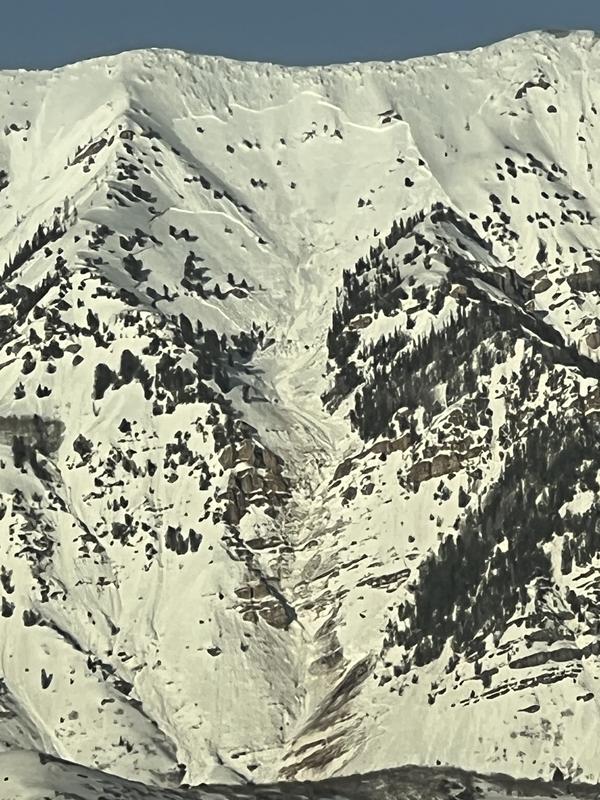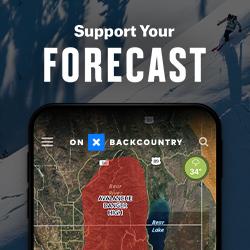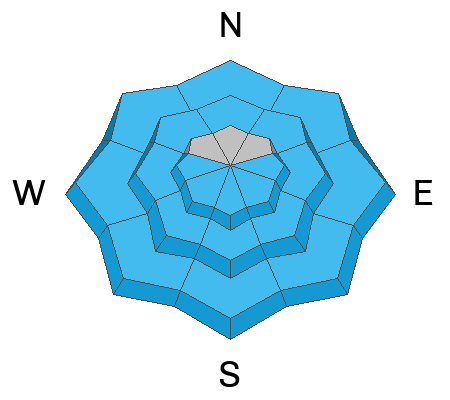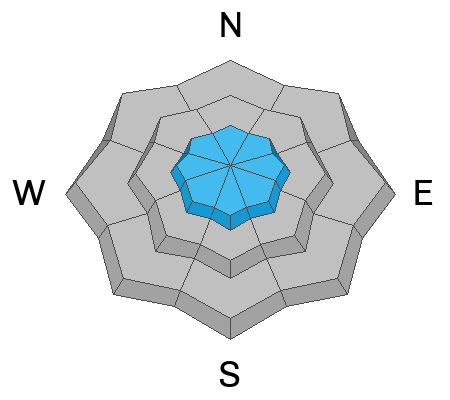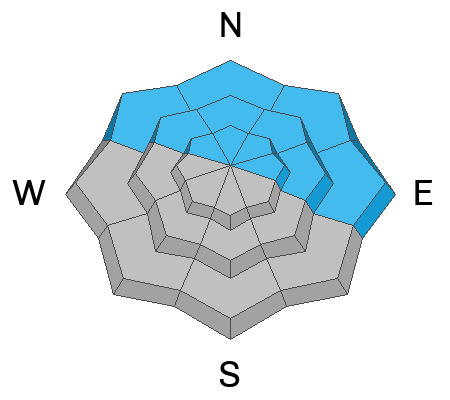Forecast for the Provo Area Mountains

Issued by Dave Kelly on
Tuesday morning, April 11, 2023
Tuesday morning, April 11, 2023
Today, there will be a HIGH avalanche danger for wet avalanches. Avalanches will continue to happen naturally, and the debris will run far and stack up deep. Wet slab avalanches have the potential to be 2-5' deep and hundreds of feet wide running into areas where there is currently little to no snow, such as trailheads and onto spring hiking trails.
You will find a CONSIDERABLE avalanche danger on upper elevation north facing slopes where there is a chance for large cornices to fail, or glide cracks to release and trigger a deeper longer running avalanche.
Avoidance is key. Plan ahead for early exits and avoid being on or under sun warmed slopes.

Low
Moderate
Considerable
High
Extreme
Learn how to read the forecast here



